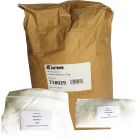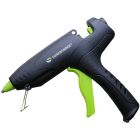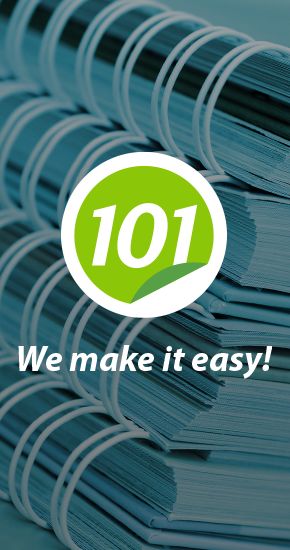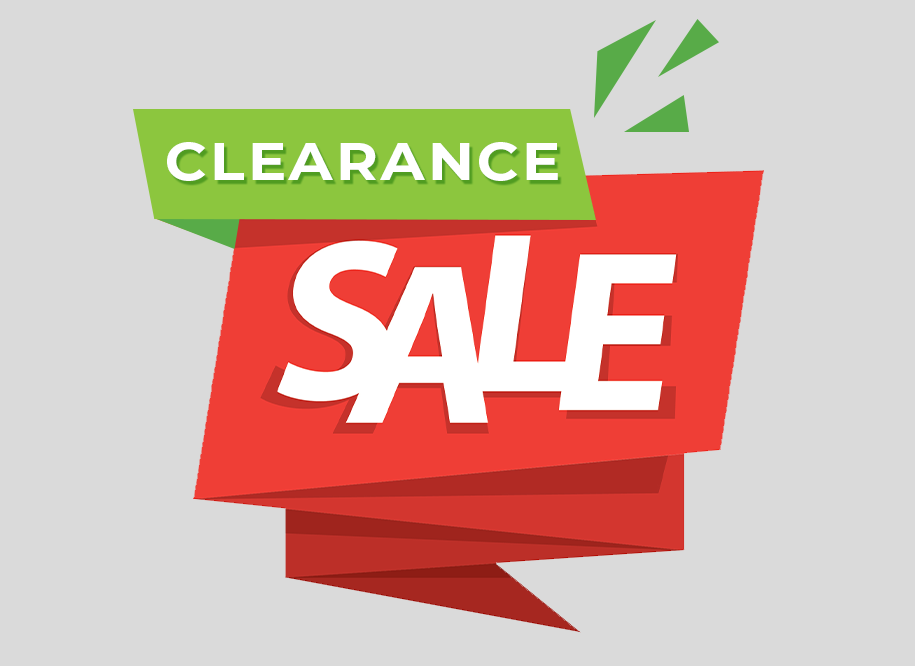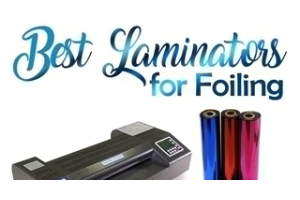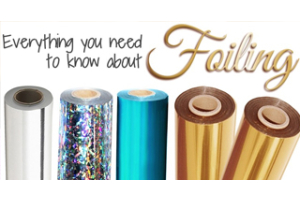Is PUR or EVA Binding Glue Better?

Is PUR or EVA binding glue better? For those new to binding methods requiring glue, and even for some of those who have been in the industry for a while now, choosing between PUR and EVA glue types can be a challenge...partially because there is so much information available on the web, some of it quite overwhelming with scientific formulas and other complicated information. To simplify the decision of which binding glue is best, I have pulled together some of the most important factors that you need to consider, before you choose a glue for your books.
① Compatible Equipment
The first thing you need to think about is the machine you currently have (or plan to buy) and the compatibility factor with each glue type, because not all machines are compatible with both glues. Check the capabilities of your machine before you choose a glue to ensure you are not using something incompatible that could cause costly damages, including those that may not be repairable at all.
② Ventilation
PUR glue emits fumes that are not enjoyable nor safe to breathe. They require a positive ventilation to properly exhaust the fumes from the unit during operation. For most print shops, especially those with large digital presses, you may already have the proper machinery required to vent, in which case you can simply connect a flexible hose or pipe to the machine. You can also buy a ventilation system, which typically start around $1,500 to $2,500, depending on where you buy and the size/capabilities of the vent. But for smaller print shops or other businesses without this option or capability, then EVA is the way to go, as it emits no harmful fumes or chemicals.
③ Materials You Want to Bind
The paper stock and materials that you will be working with also play a huge factor in whether EVA or PUR glue will be a better choice for you. EVA glue has been the industry standard for many years, and works great with most papers used in book binding, including standard and uncoated paper stocks. For heavily coated stocks, wrong-direction grains, heavy ink coverage to the edges, heavy toner/fuser oil prints, and other traditionally difficult-to-bind materials, however, PUR is the better choice because the strength-of-bind cannot be matched. There are chemical formulas and reactions that cause this, but to keep things simple, just remember that the important thing to know is: PUR is the strongest book binding glue out there.
④ Time
EVA glue has no cure time (drying time); books are ready to be trimmed and packaged immediately after bound together. PUR glue, however, requires some cure time before trimming, and additional time is recommended before packaging/shipping out books. Most PUR bound documents can be cut after about 24 hours, but it typically takes a full 2-4 days to completely cure and finish the bind, as the glue needs time to form into its solid state. The risk with handling PUR bound books before fully cured is that it can affect the final bind strength.
⑤ Waste
EVA glue can be re-heated multiple times, so you can full up the glue tank on your machine and use as much or as little as you need, without having to worry about cleaning out the tank after each use; you can simply turn the machine on again for your next job to use the remaining glue in the tank. PUR glue, however, cannot be used again after it has been heated the first time and, therefore, needs to be cleaned out of your glue tank after each use. This means you have to be a little more careful when filling up the tank to avoid waste, as well as allow for the additional time required for clean up.
⑥ Storage
Once PUR glue is opened and exposed to air, it begins to react. For this reason, if you purchase it in larger quantities and need to re-package the unused portion, you should use a vacuum seal solution; opening the bag to remove what is needed for your job, and re-sealing the bag using a vacuum; this can extend the life of the leftover glue by a couple days or weeks, depending on the open time and humidity...but there is no guarantee that after your bag is opened, the left over glue will be usable. Over time, PUR glue will react to the point where it is no longer viable. This is why most suppliers sell smaller quantity bags of PUR glue, often less than 1 kg (2.2 lbs) for one-time use appliations.
⑦ Cost
PUR glue is more expensive than EVA glue per pound, which makes sense because of the strength difference. This is a factor to remember when quoting costs to clients, as well as calculating your overall bottom line. There are also additional costs associated with a PUR capable machine, ventilation, and labor and operating costs.
If you are in the industry, you know that there are literally thousands of paper stocks available to you, most of which will run perfectly through your printing equipment and presses. The issue that comes into play is your ability to adapt to your customer needs. A choice of paper that is not a pre-tested and "known good paper" for EVA binding injects a potential job loss if the pages come out or the binding is deemed inferior for any reason your client sees fit. Plus, every day paper manufactures introduce new stocks - perhaps they print better, are less expensive, etc...but those new stocks will be untested and may be harder for EVA to bind with the same effectiveness as the stocks you have already tested and approved. So, in short, the pool of paper substrates that can be successfully bound with EVA will continue to shrink, and you need to be able to control that. Many can just work with the available paper stocks and thrive in their own controlled environment. Others are forced to use paper stocks that can cause them problems, and PUR is an answer; a very good answer at that. Of course, the other factors of toner build up, fuser oils, grain direction, coatings all add to the vulnerability of EVA, and for the most part, are easily addressed using PUR.
At the end of it all, PUR glue is the dominate binding glue for strength, and there is no other alternative to achieve the same strength. But EVA glue holds its own, and there is no question that you can achieve a great bind for a solid finished product -- it is all a matter of evaluating your specific job requirements, predicting your future needs to the best of your abilities, and deciding whether EVA glue or PUR glue is best for you based on the factors listed above.
 About the Author • Mallory Morsa has been the product expert at Binding101 since 2008, and has grown up in the industry. Every day she pushes herself to learn new information, incorporating real-life experiences to create solutions to the most common problems in the industry, and then present those solutions in a way that is easy to understand for everyone, from novices to experts.
About the Author • Mallory Morsa has been the product expert at Binding101 since 2008, and has grown up in the industry. Every day she pushes herself to learn new information, incorporating real-life experiences to create solutions to the most common problems in the industry, and then present those solutions in a way that is easy to understand for everyone, from novices to experts.



